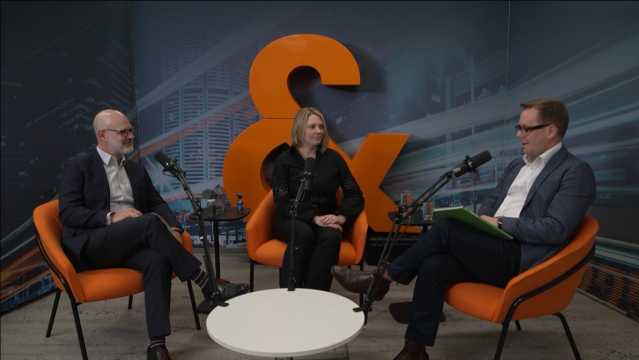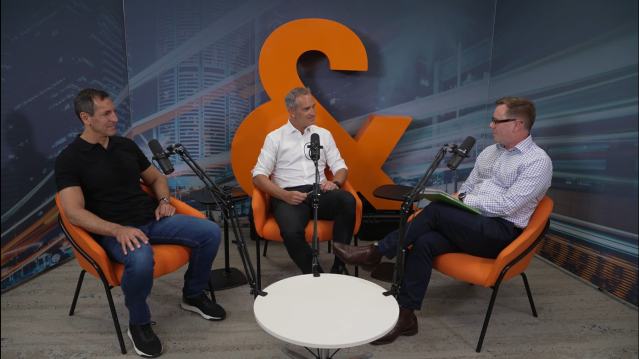How this year's Wimbledon championships are embracing AI.
Insights
Our latest thinking on the themes shaping today’s investment landscape. Explore timely updates, quarterly features and in-depth analysis straight from our experts.
A trip to this year’s Computex trade show in Taipei reinforced our team’s bullish view on AI.
Assessing the impact of higher mortgage rates on U.S. homeowners.
Our experts explore how the integration of financially-material ESG factors is essential for mining companies.
Companies may be staying private longer, but that doesn’t diminish opportunities to capture early-stage growth in the small-cap universe.
Looking at whether bond yields can offer predictive information about total returns from bonds.
Scrubbing in to watch multiple pulse field ablation procedures, we learned about the benefits and risks of this exciting new treatment option for AFib patients.
Low valuations, accommodative monetary policies, and fiscal spending initiatives are boosting the outlook for ex U.S. stocks.
Ben Wallace and Luke Newman explore the complexities of long-short equity strategies, focusing on market rationality and risk management.
Ali Dibadj, CEO, speaks with Janus Henderson’s experts about shifting market dynamics and the growing demand for active management.
Commercial development and adoption of autonomous driving is being driven by accelerating AI advancements.










